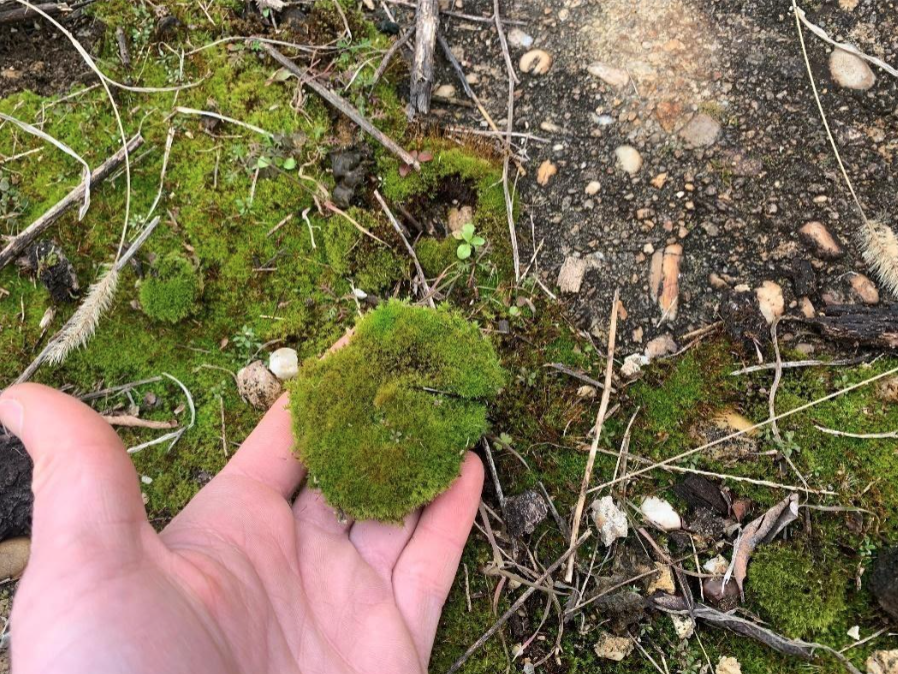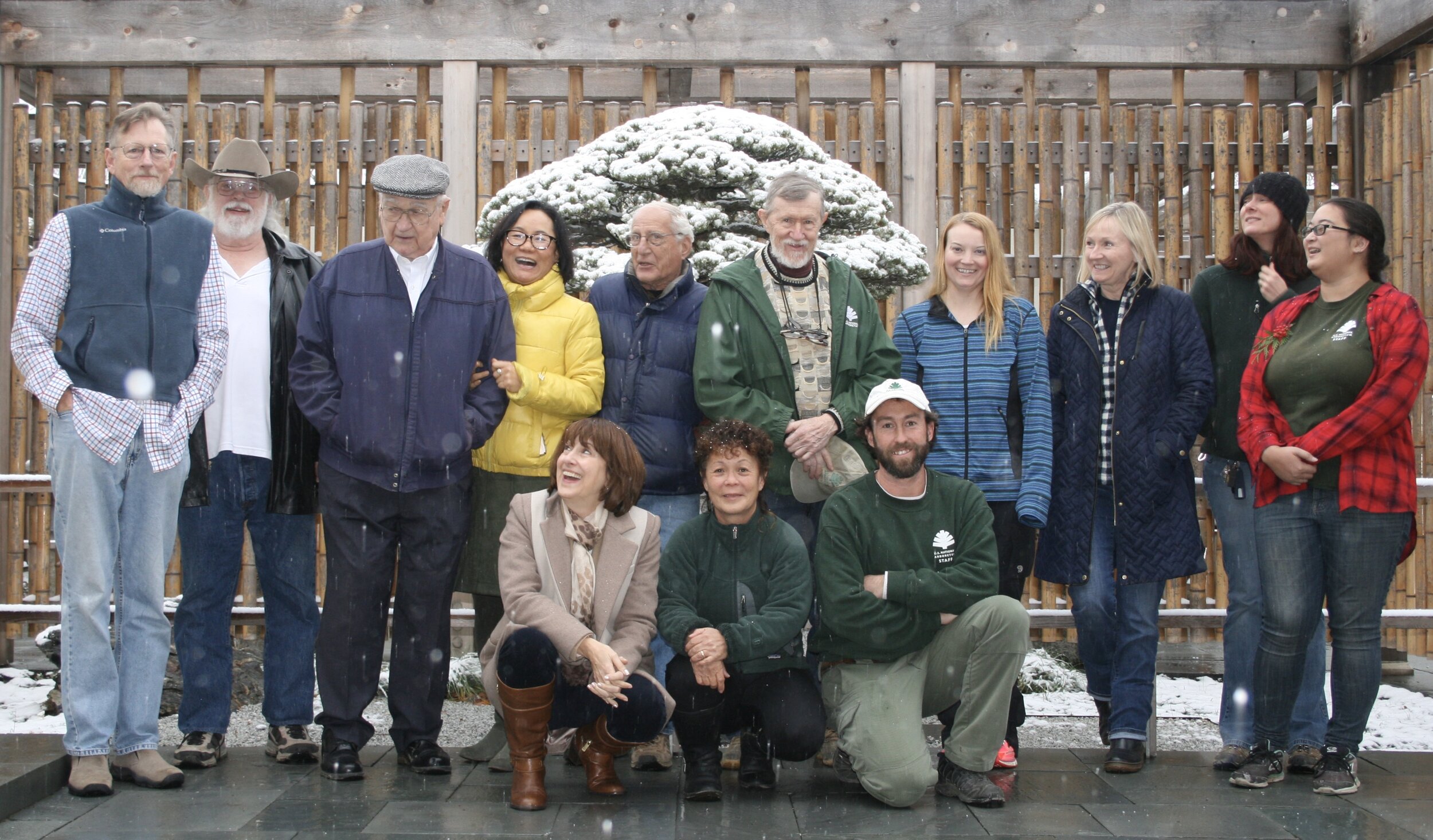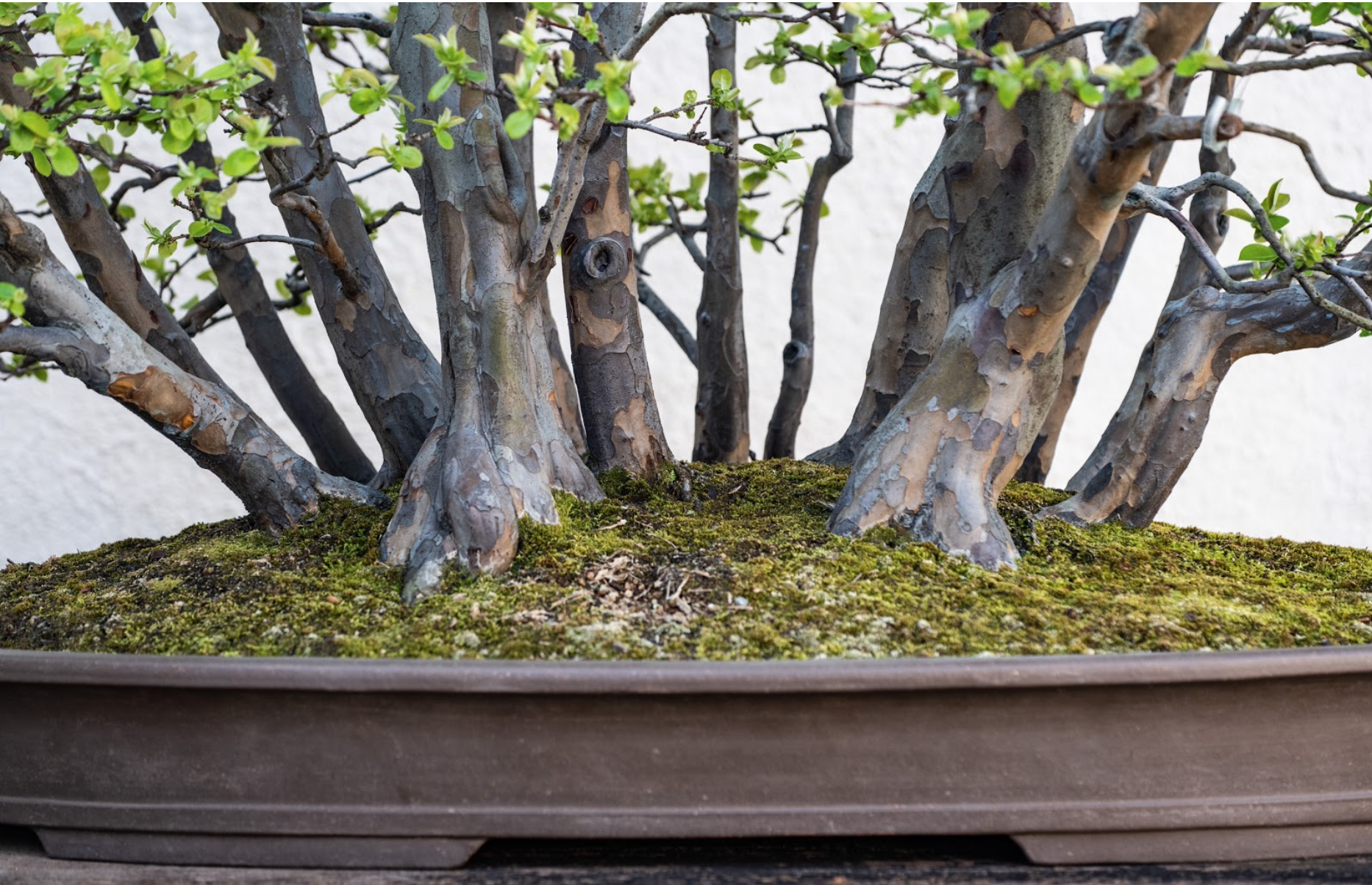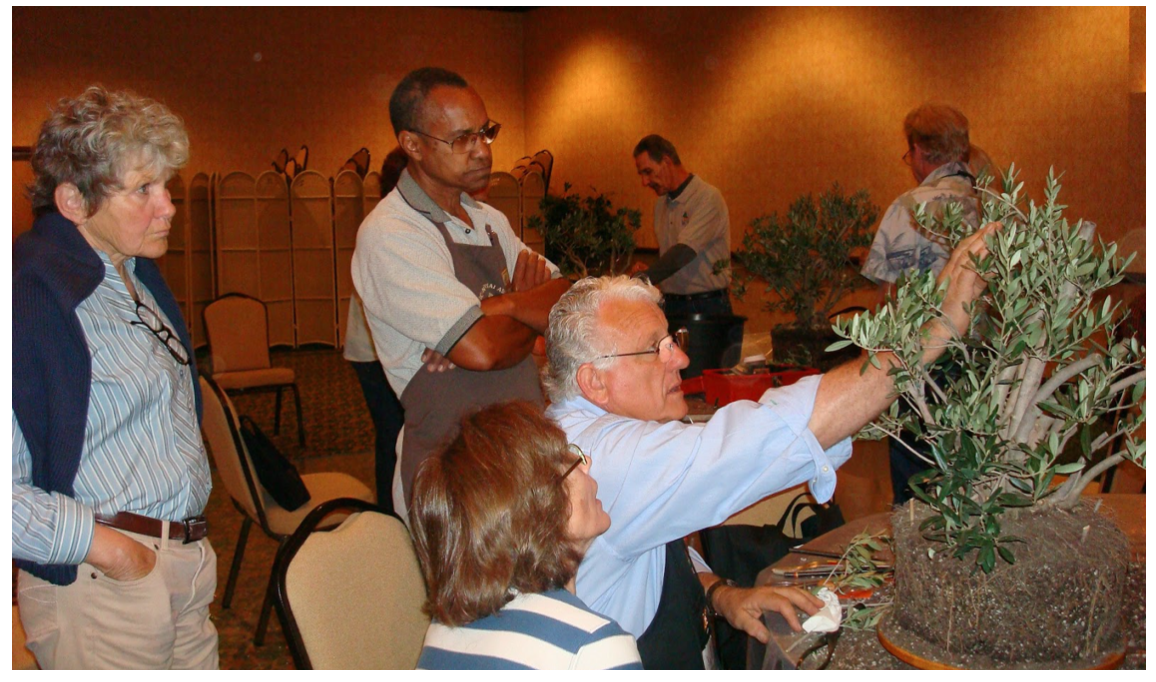Satsuki azaleas from Dr. Melvyn Goldstein’s collection at the Matthaei Botanical Gardens and Nichols Arboretum Photo credit: Michigan Photography.
Bonsai has always had an educational component, but for this edition of Bonsai Around the World, we literally go to school – to the Matthaei Botanical Gardens and Nichols Arboretum at the University of Michigan.
While the arboretum and gardens sit in separate parts of the campus, they form one unit with a single director. The first trees were a gift from the University’s former pharmacology department head, Dr. Maurice Seevers, who had a deep passion for bonsai. The Matthaei-Nichols collection now boasts more than 75 masterpiece bonsai and penjing, with 25 to 30 trees on display in rotation.
The garden is one continuous loop connected to a nursery space. Carmen Leskoviansky, the bonsai collection specialist, said the displays vary depending on which trees pair well together and looking exceptional. The collection hosts an azalea show each spring showcasing trees and partners with the Ann Arbor Bonsai Society for their yearly show and sale.
“They use our auditorium, and we have the garden open,” Leskoviansky said. “We work together to perform demonstrations, answer questions and give tours of the collection and garden.”
Many of the collection’s volunteers currently work or have worked for the University, and students work as summer interns and as part of the work-study program throughout the year. Leskoviansky hopes to connect students with the bonsai collection more in the coming years through research and connections with other University units such as the Center for Japanese Studies
She added that the collection’s tropical section will be expanded as a new bonsai display has been built in the conservatory’s Garden House. The outdoor bonsai garden is currently at capacity after receiving an extensive azalea donation from regional bonsai artist Dr. Melvyn Goldstein.
“Dr. Goldstein has one of the best private collections of Satsuki azaleas in the country,” Leskoviansky said. “It’s definitely a showstopper.”
Bonsai from the nursery space at Matthei-Nichols. Photo credit: Michigan Photography.
Leskoviansky said trees with the biggest draw also include white cedars and native larches. One larch forest in particular wins a “People’s Choice” award almost every year at the Ann Arbor Bonsai Society’s show and sale.
“Visitors really connect with the display because it reminds them of Michigan forests,” she said.
While Goldstein’s trees are traditional Japanese specimens – azaleas, elms, maples and the like – the original Matthaei-Nichols collection is mostly native to the Great Lakes region. Leskoviansky said American bonsai artists have a lot more room to experiment with these local species.
“The rocky mountain junipers and ponderosas are popular, but many deciduous trees have not been really explored,” she said. “The trees in our collection started from our local group exploring what was growing around them, and there’s a lot of potential with native plants to make some really nice bonsai.”
Leskoviansky added the Matthaei-Nichols mission focuses on sustainability, so they feature a huge native plant garden and incorporate native plants in many of the display gardens. Native plants don’t rely on fertilizer and pesticides, require less watering and prevent run-off well compared to non-native species, making them a sustainable asset to the collection.
“We’ve tried to use native plants in the bonsai garden’s ground plantings as the backdrop for our trees instead of more traditional horticultural varieties or Japanese species,” she said. “It’s fun to connect the native species bonsai with the native species growing in our gardens or on the trails.”
Left: an American larch forest that frequently wins People’s Choice each year. Right: Leskoviansky works on a collected white cedar planting.
Leskoviansky is Michigan through and through – she grew up on three acres of Michigan land, attended Michigan State University for horticulture until 2008 and has been working at Matthaei-Nichols since 2009. She first worked at the arboretum’s nearly 100-year-old peony garden. Then a full-time position opened up for her to take over the rest of the special collections, including bonsai. She now solely oversees the bonsai and penjing collection.
“I got a crash course in bonsai after I attended the American Bonsai Society convention in 2011,” Leskoviansky said. “My career in bonsai was a complete accident, but it’s become something I really love to do.”
She’s now taking a three-year break to apprentice with Michael Hagedorn, whose seasonal program she attended from 2018-19. Leskoviansky wants to continue building her skills to give the Matthaei-Nichols collection the care it requires.
Former National Bonsai & Penjing Museum Curator and National Bonsai Foundation Co-President Jack Sustic – a long-time Michigan resident – will tend to the collection a few days a week while Leskoviansky is gone. One of Sustic’s trident maples has resided in the garden for many years.
While the collection is temporarily closed, check out the Matthaei-Nichols website for more information on the gardens as well as a breadth of general bonsai and horticultural information.
Mel Goldstein’s root-over-rock satsuki azalea with a rabbit foot fern kusamono. Photo credit: Michigan Photography.































